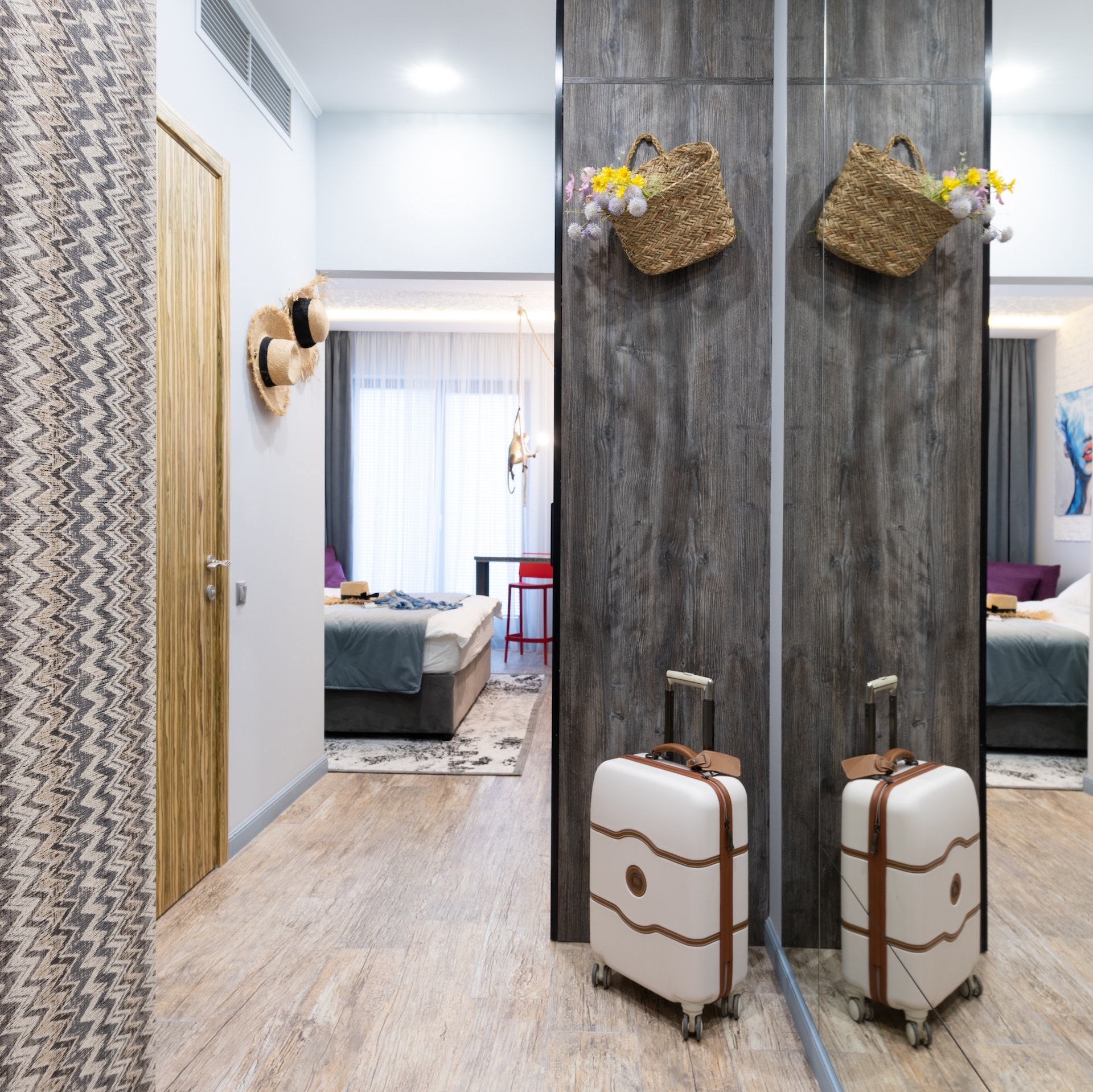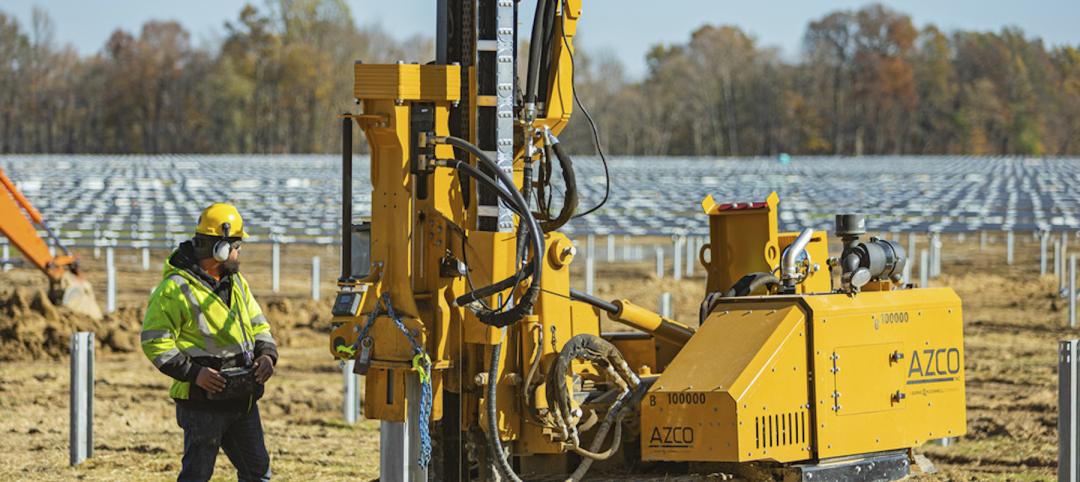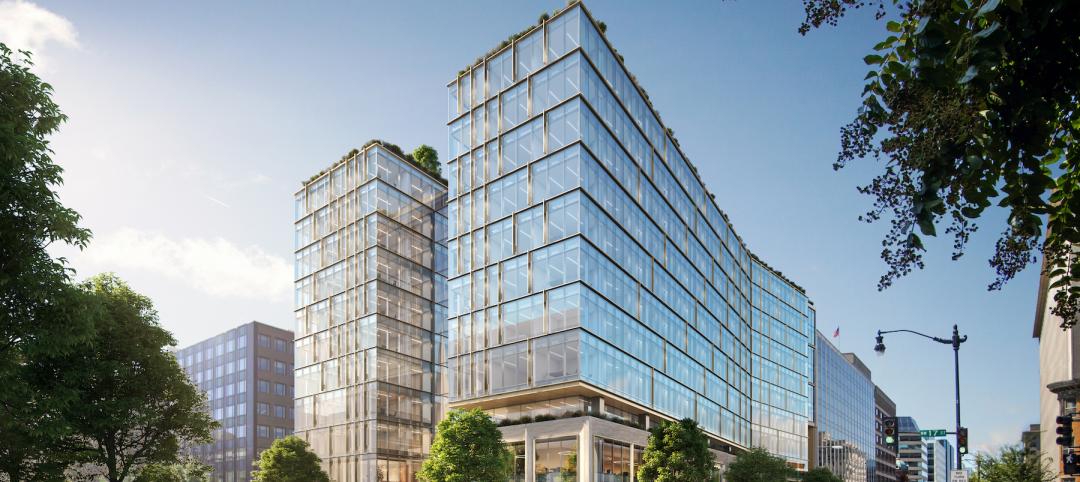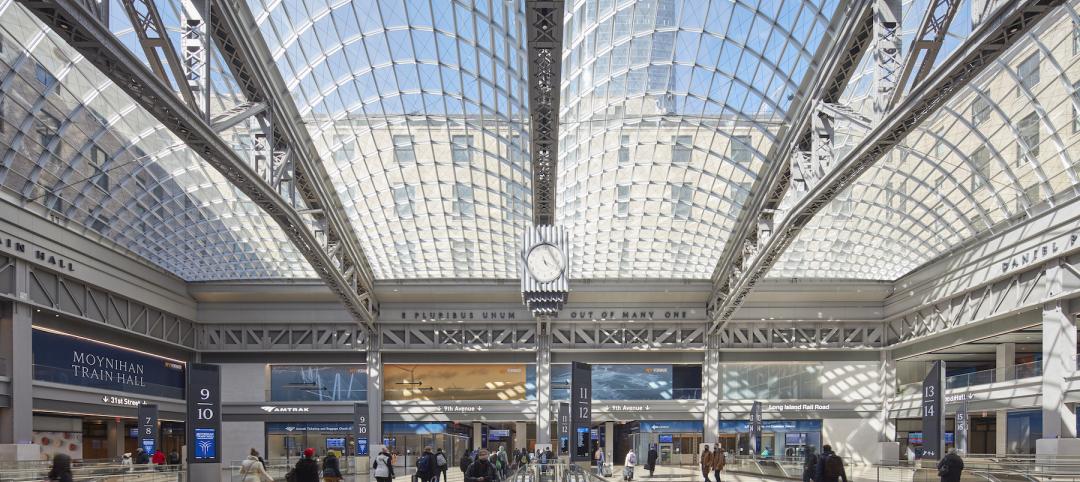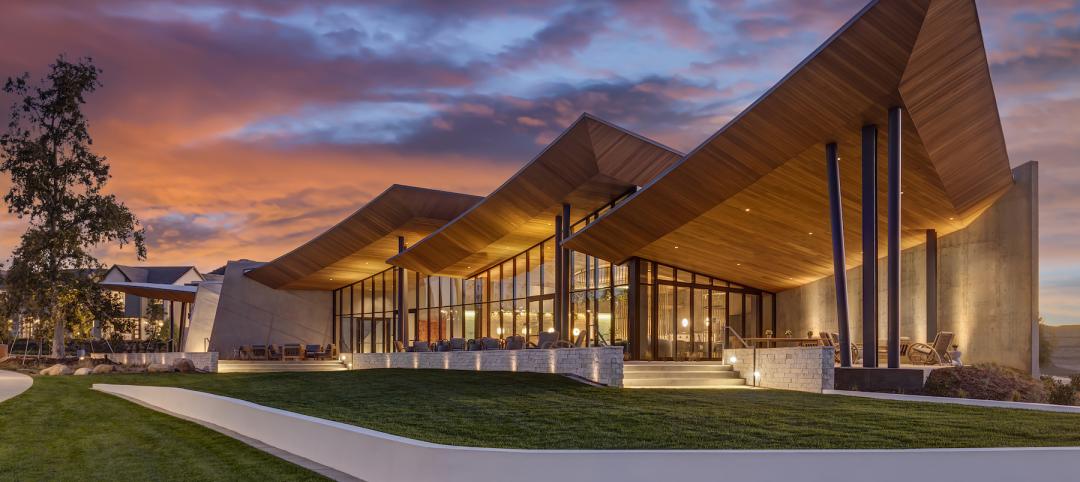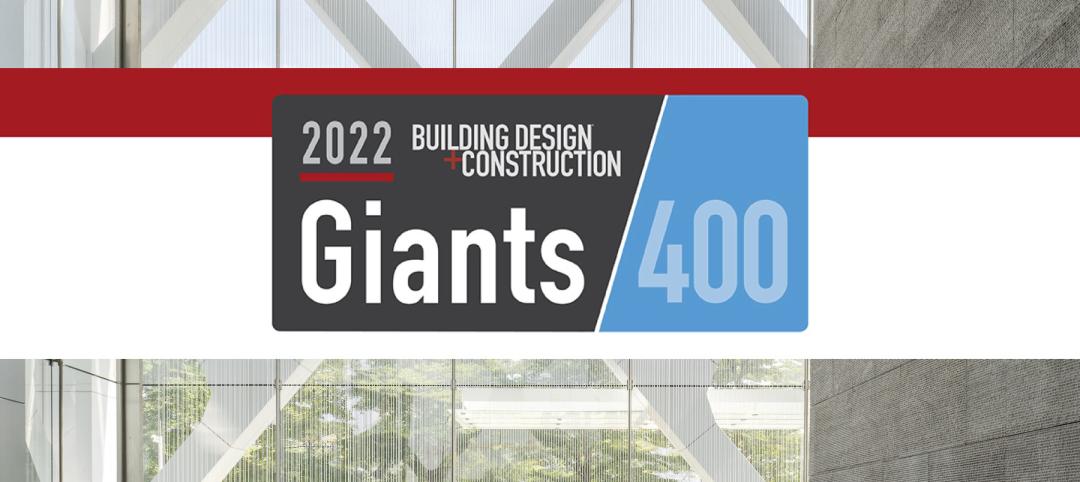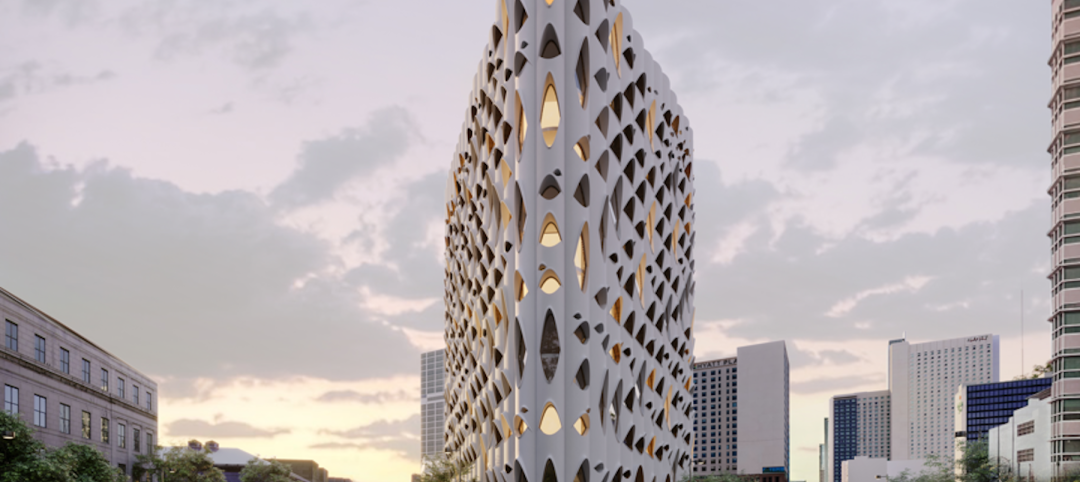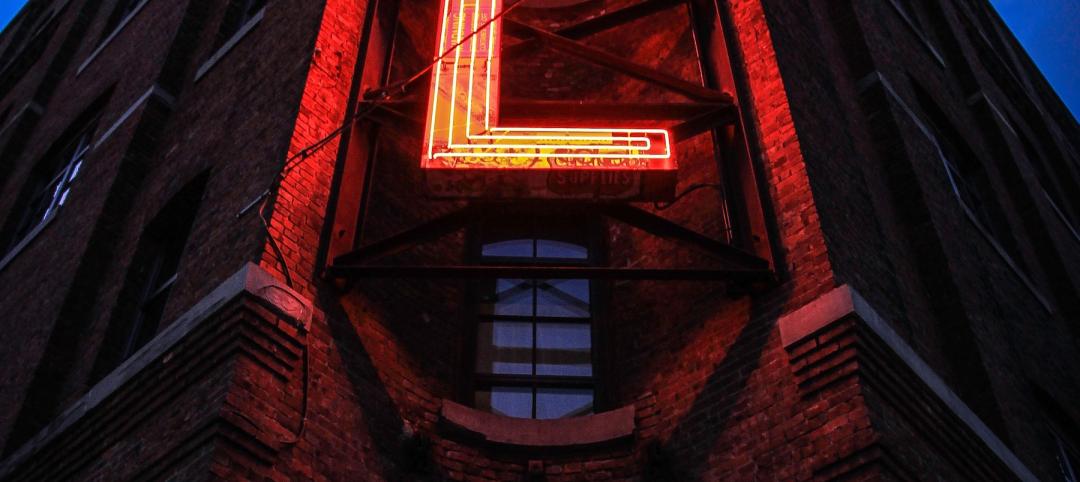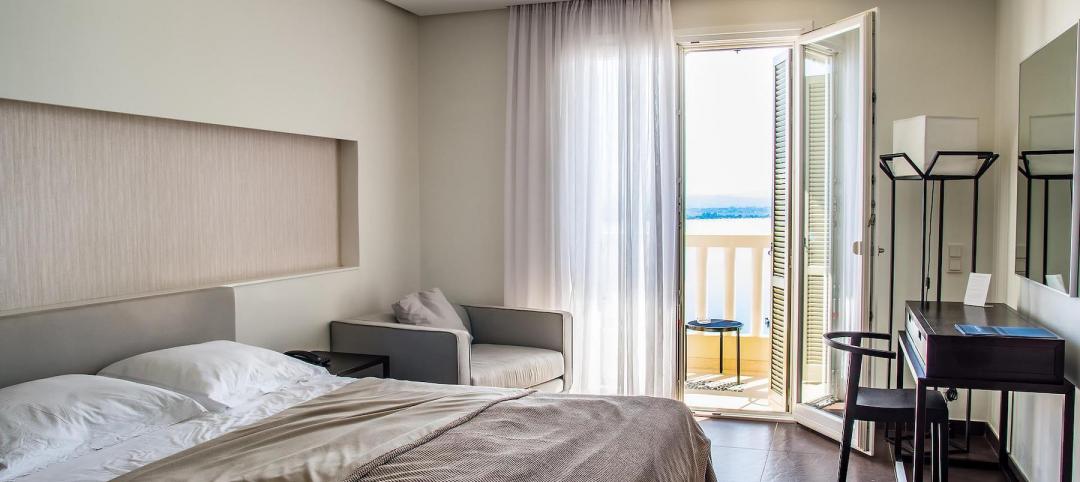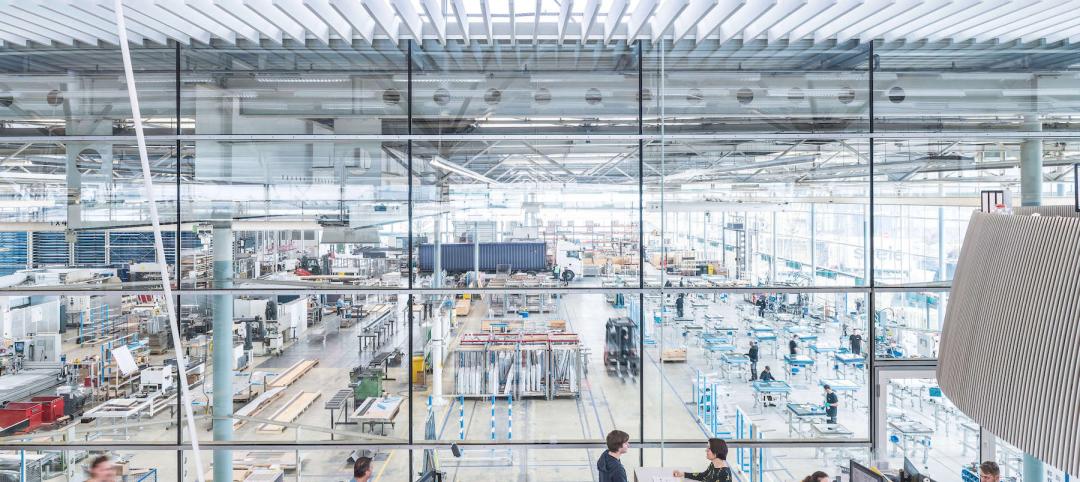In the most recent Construction Pipeline Trend Report for the United States (U.S.) from Lodging Econometrics (LE), at the close of 2022’s fourth quarter, the U.S. construction pipeline stands at 5,465 projects/650,626 rooms, up 14% by projects and 12% rooms Year-Over-Year (YOY).
In Q4, all stages of hotel construction in the U.S. experienced positive YOY growth. At the close of the quarter, there are 1,008 projects/135,492 rooms under construction, up 4% by projects and 3% rooms YOY. Projects scheduled to start construction in the next 12 months stand at 2,073 projects/235,222 rooms, up 14% by projects and 12% by rooms YOY. Projects and rooms in the early planning stage increased 18% and 17% YOY, respectively, reaching all-time high counts of 2,348 projects/279,912 rooms.
The 2023 outlook for the lodging industry looks strong, as it continues to recover from the lows experienced throughout the past two years. Although the U.S. and the hotel industry continue to face some economic challenges, travel and hotel bookings increased substantially during 2022 and the new construction pipeline in the U.S. continues to grow at a moderate pace with new project announcements and construction-starts increasing 35% YOY and 36% YOY, respectively. Hotel owners, investors, developers, and management groups see much opportunity in the year ahead.
At the end of the fourth quarter, brand conversion room counts reached record highs of 1,030 projects/102,162 rooms. The renovation pipeline also remained strong in Q4, reaching the highest project counts seen since Q1 2019, standing at 900 projects/148,105 rooms. Combined, renovation and conversion activity accounts for 1,930 projects/250,267 rooms, record-highs by projects and up 53% YOY by projects and 45% by rooms YOY.
Dallas, Atlanta lead the nation in hotel construction projects
The U.S. Markets with the greatest number of projects in the construction pipeline, at the end of the fourth quarter, are Dallas with 176 projects/20,790 rooms. Following are Atlanta with 145 projects/18,100 rooms, Los Angeles with 122 projects/19,419 rooms, Phoenix with 116 projects/16,229 rooms, and Nashville with 106 projects and 14,198 rooms.
Franchise companies topping the pipeline with the greatest project and rooms counts at Q4 are Marriott International with 1,490 projects/180,113 rooms, Hilton Worldwide with 1,378 projects/154,790 rooms, and InterContinental Hotels Group (IHG) with 789 projects/78,951 rooms.
The brands with the largest number of projects in the pipeline at Q4 close are Home2 Suites by Hilton, with 521 projects/53,735 rooms; Marriott’s TownePlace Suites with 320 projects/29,802 rooms; and InterContinental Hotels Group’s (IHG) Holiday Inn Express with 293 projects/27,817 rooms.
Throughout 2022, the U.S. opened 464 new hotels, accounting for 54,620 rooms, for a growth rate of 1.0%. LE analysts expect new hotel openings to increase in 2023 with 607 projects/72,665 rooms forecasted to open, representing a 1.3% supply increase; and in 2024, 722 projects/82,813 rooms are expected to open, for a 1.5% supply increase.
Related Stories
Giants 400 | Aug 22, 2022
Top 45 Engineering Architecture Firms for 2022
Jacobs, AECOM, WSP, and Burns & McDonnell top the rankings of the nation's largest engineering architecture (EA) firms for nonresidential buildings and multifamily buildings work, as reported in Building Design+Construction's 2022 Giants 400 Report.
Giants 400 | Aug 22, 2022
Top 80 Engineering Firms for 2022
Kimley-Horn, Tetra Tech, Langan, and NV5 head the rankings of the nation's largest engineering firms for nonresidential buildings and multifamily buildings work, as reported in Building Design+Construction's 2022 Giants 400 Report.
Giants 400 | Aug 21, 2022
Top 110 Architecture/Engineering Firms for 2022
Stantec, HDR, HOK, and Skidmore, Owings & Merrill top the rankings of the nation's largest architecture engineering (AE) firms for nonresidential and multifamily buildings work, as reported in Building Design+Construction's 2022 Giants 400 Report.
Giants 400 | Aug 20, 2022
Top 180 Architecture Firms for 2022
Gensler, Perkins and Will, HKS, and Perkins Eastman top the rankings of the nation's largest architecture firms for nonresidential and multifamily buildings work, as reported in Building Design+Construction's 2022 Giants 400 Report.
Giants 400 | Aug 19, 2022
2022 Giants 400 Report: Tracking the nation's largest architecture, engineering, and construction firms
Now 46 years running, Building Design+Construction's 2022 Giants 400 Report rankings the largest architecture, engineering, and construction firms in the U.S. This year a record 519 AEC firms participated in BD+C's Giants 400 report. The final report includes more than 130 rankings across 25 building sectors and specialty categories.
Hotel Facilities | Aug 12, 2022
Denver builds the nation’s first carbon-positive hotel
Touted as the nation’s first carbon-positive hotel, Populus recently broke ground in downtown Denver.
Hotel Facilities | Jul 28, 2022
As travel returns, U.S. hotel construction pipeline growth follows
According to the recently released United States Construction Pipeline Trend Report from Lodging Econometrics (LE), the total U.S. construction pipeline stands at 5,220 projects/621,268 rooms at the close of 2022’s second quarter, up 9% Year-Over-Year (YOY) by projects and 4% YOY by rooms.
Hotel Facilities | May 31, 2022
Checking out: Tips for converting hotels to housing
Many building owners are considering repositioning their hotels into another property type, such as senior living communities and rental apartments. Here's advice for getting started.
Sponsored | Multifamily Housing | May 8, 2022
Choosing the right paver system for rooftop amenity spaces
This AIA course by Hoffmann Architects offers best practices for choosing the right paver system for rooftop amenity spaces in multifamily buildings.
Sponsored | BD+C University Course | May 3, 2022
For glass openings, how big is too big?
Advances in glazing materials and glass building systems offer a seemingly unlimited horizon for not only glass performance, but also for the size and extent of these light, transparent forms. Both for enclosures and for indoor environments, novel products and assemblies allow for more glass and less opaque structure—often in places that previously limited their use.


